Shop
Armagnac
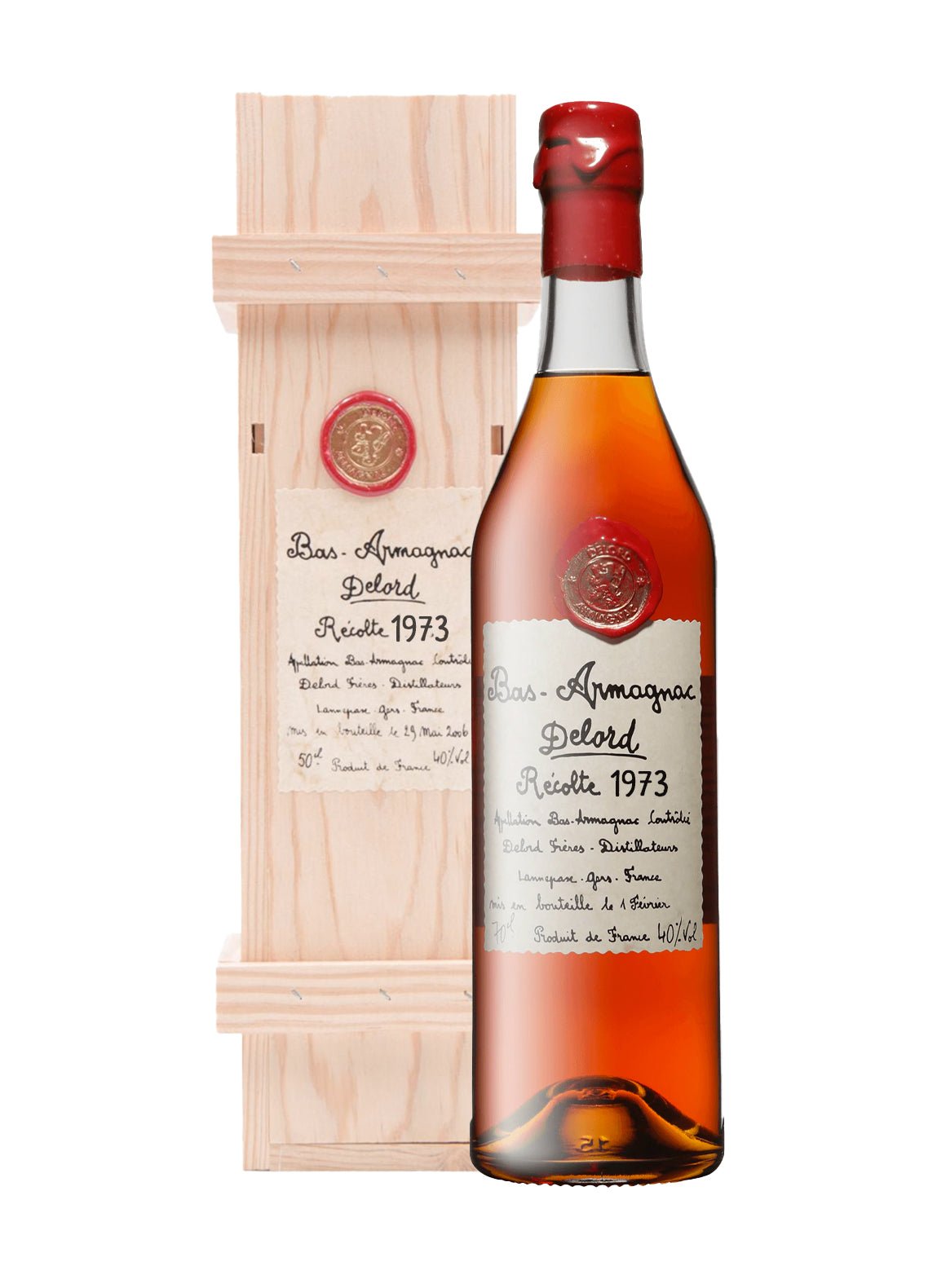
Delord 1973 Bas Armagnac 40% 700ml
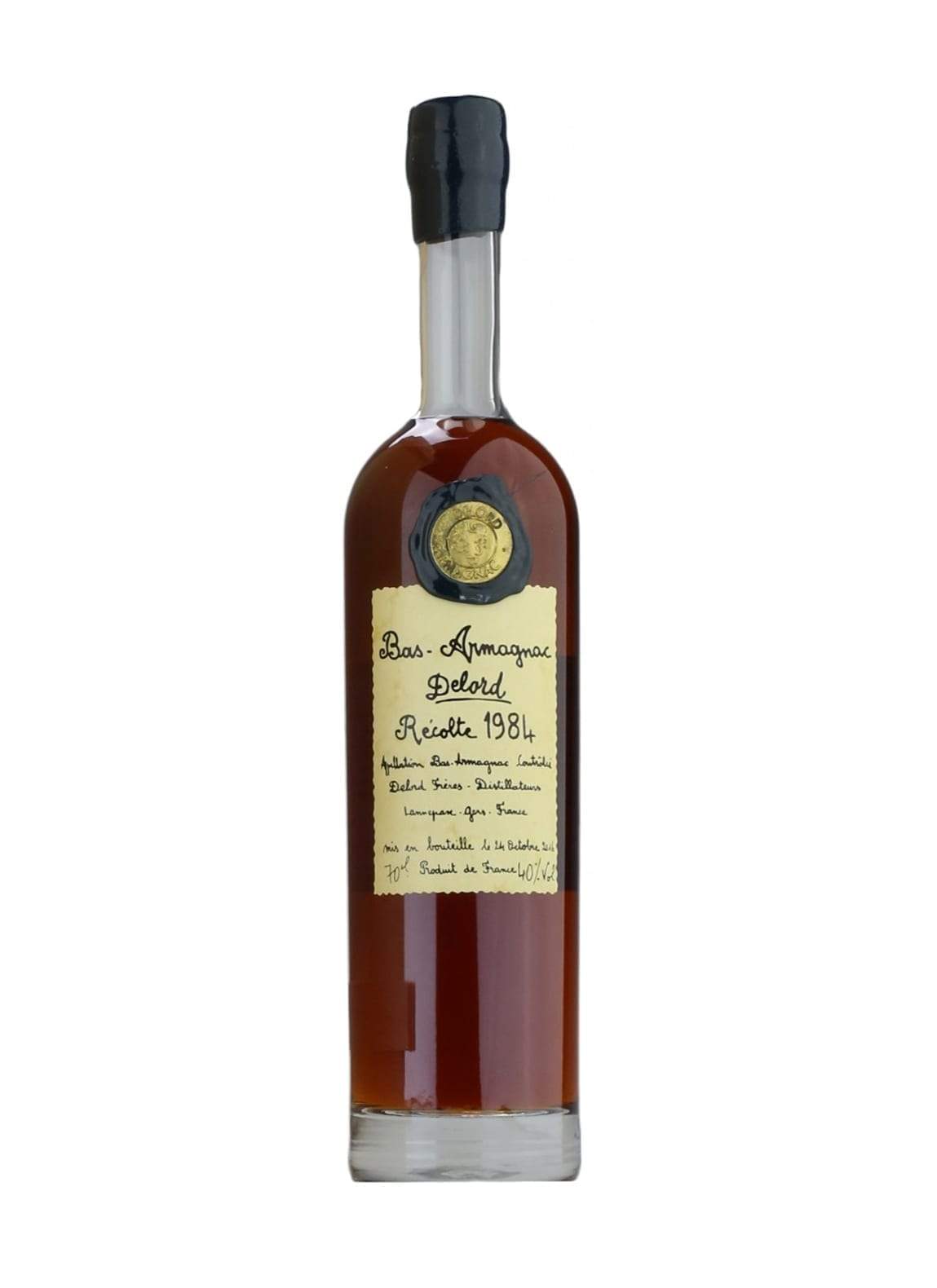
Delord 1984 Bas Armagnac 40% 700ml
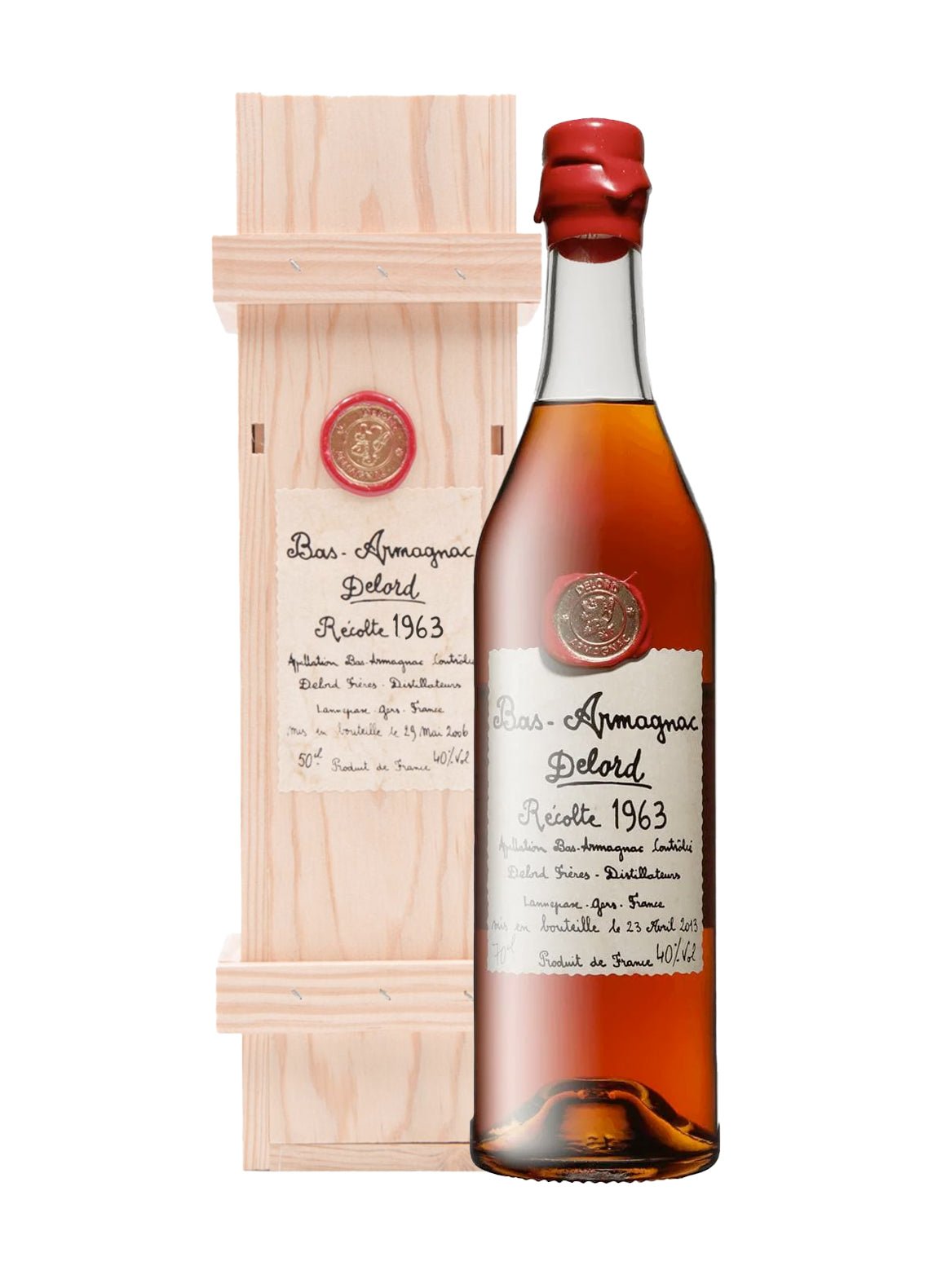
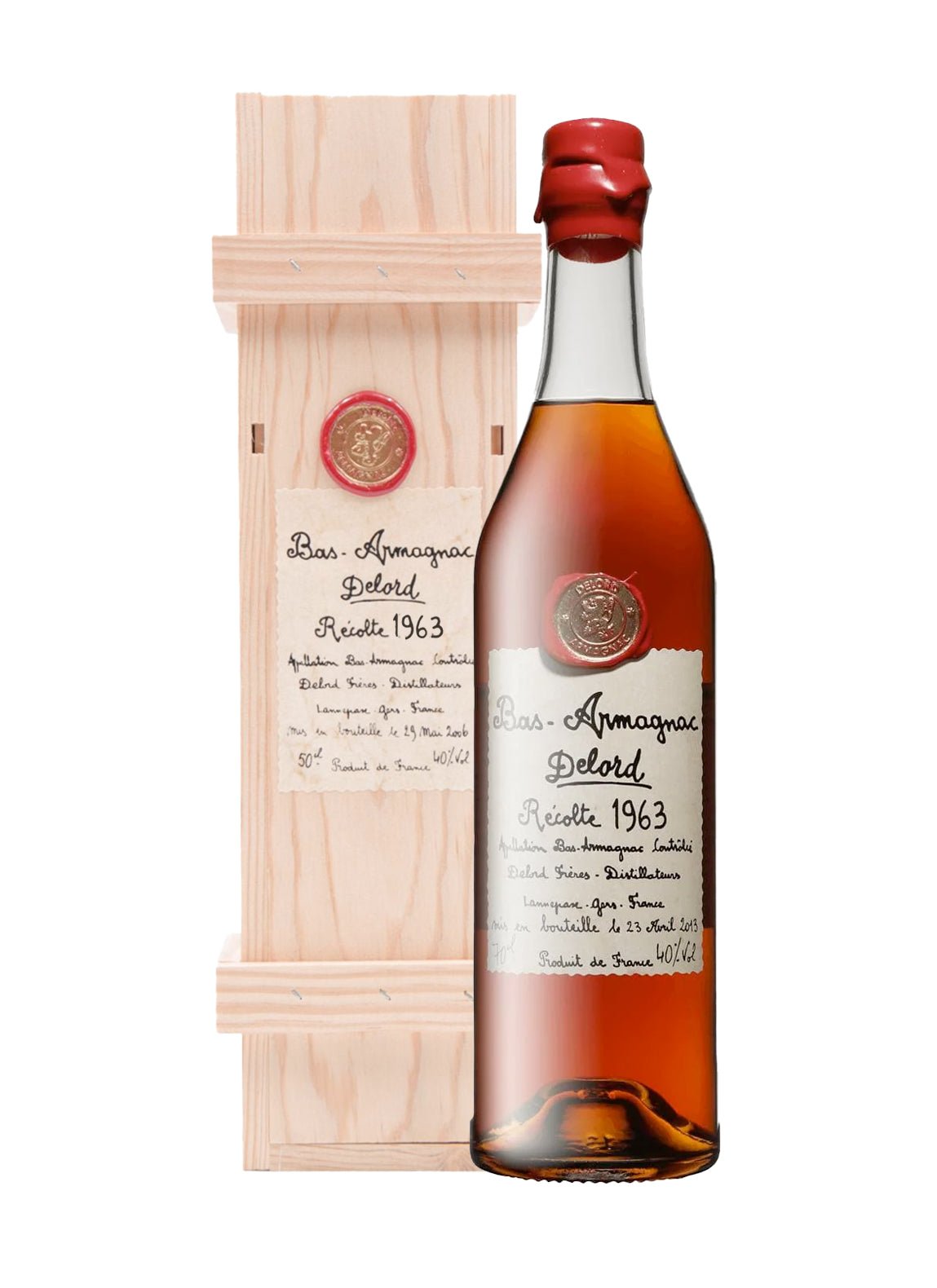
Delord 1963 Bas Armagnac 40% 700ml
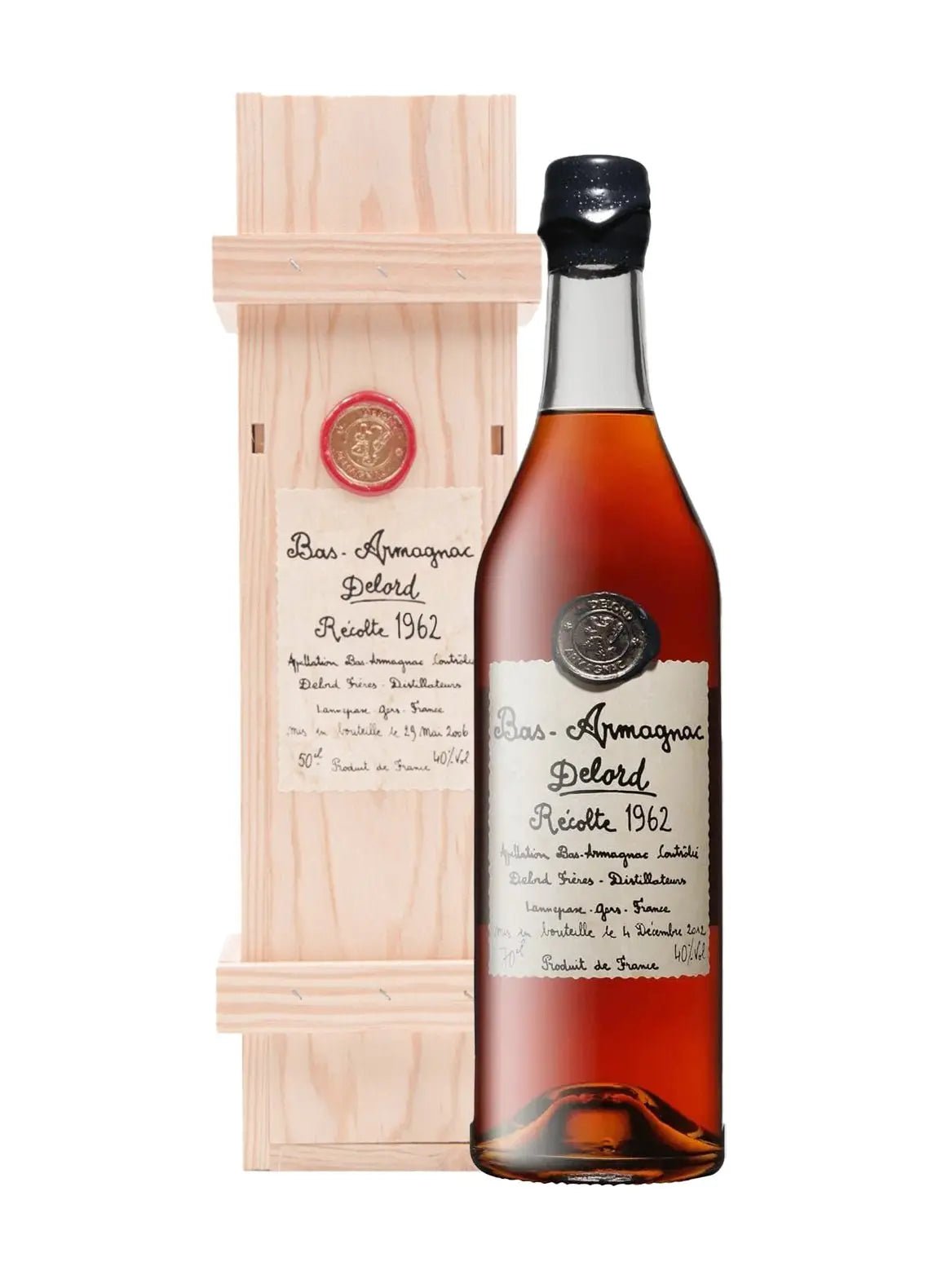
Delord 1962 Armagnac 40% 700ml
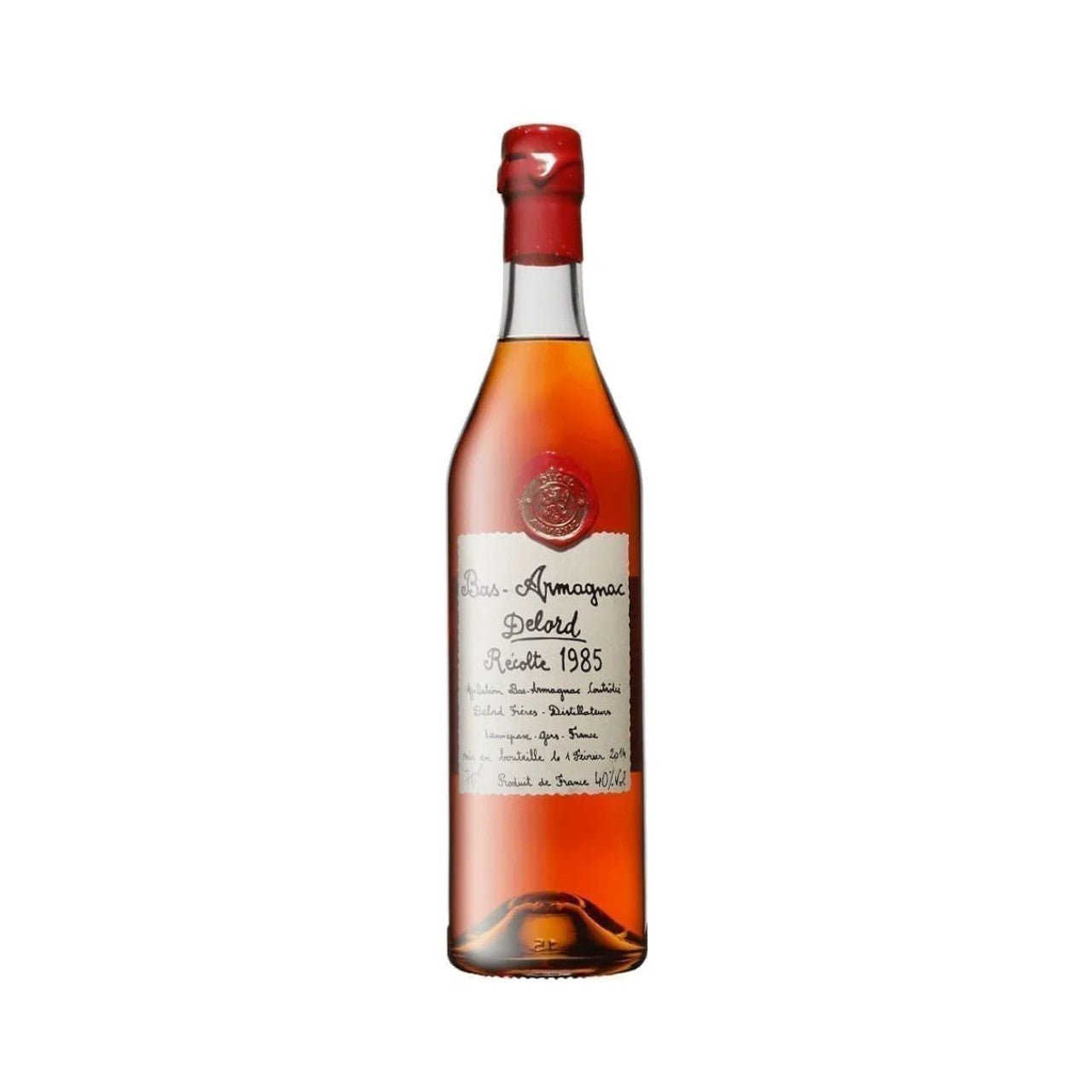
Delord 1985 Bas Armagnac 40% 50ml
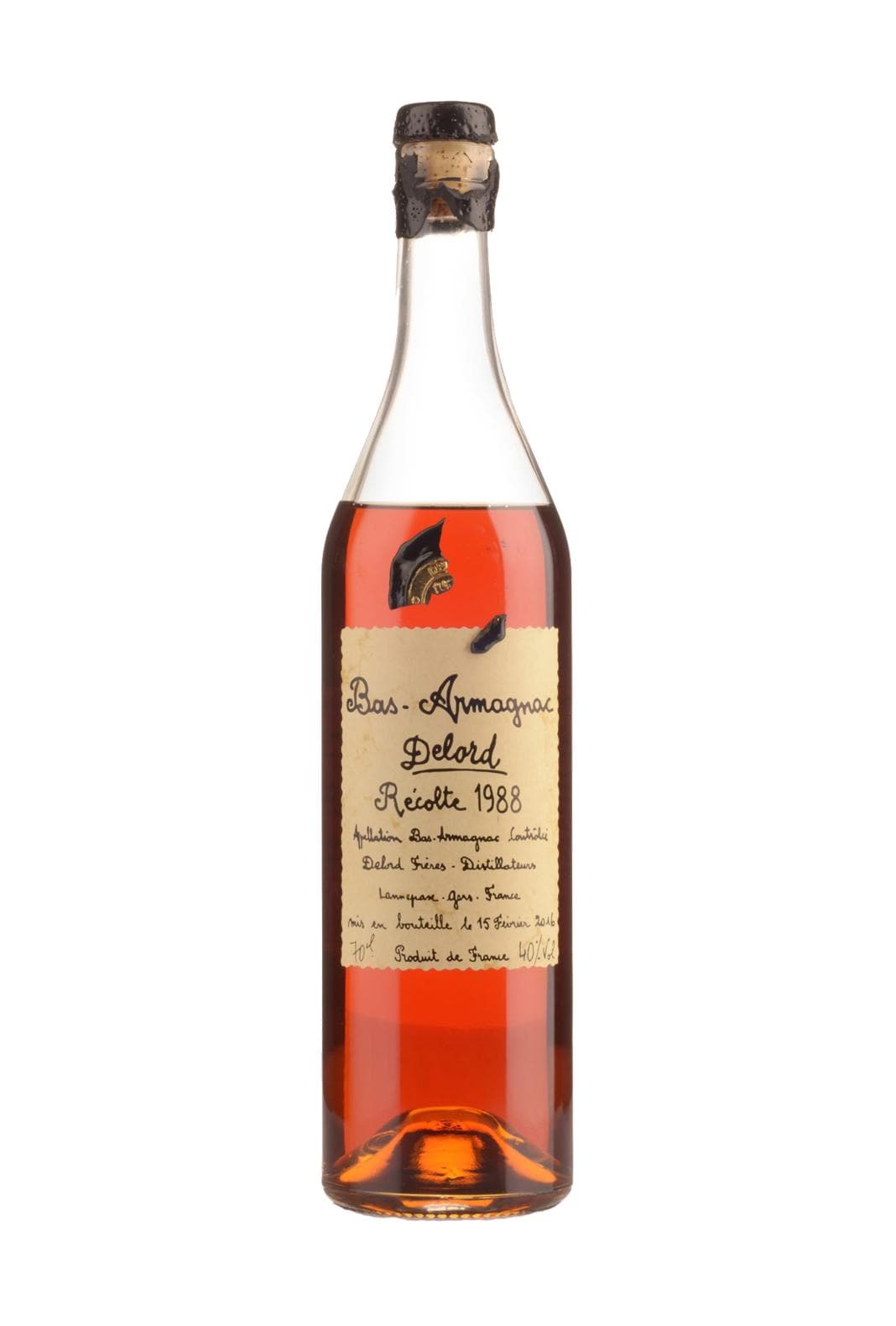
Delord 1988 Bas Armagnac 40% 700ml
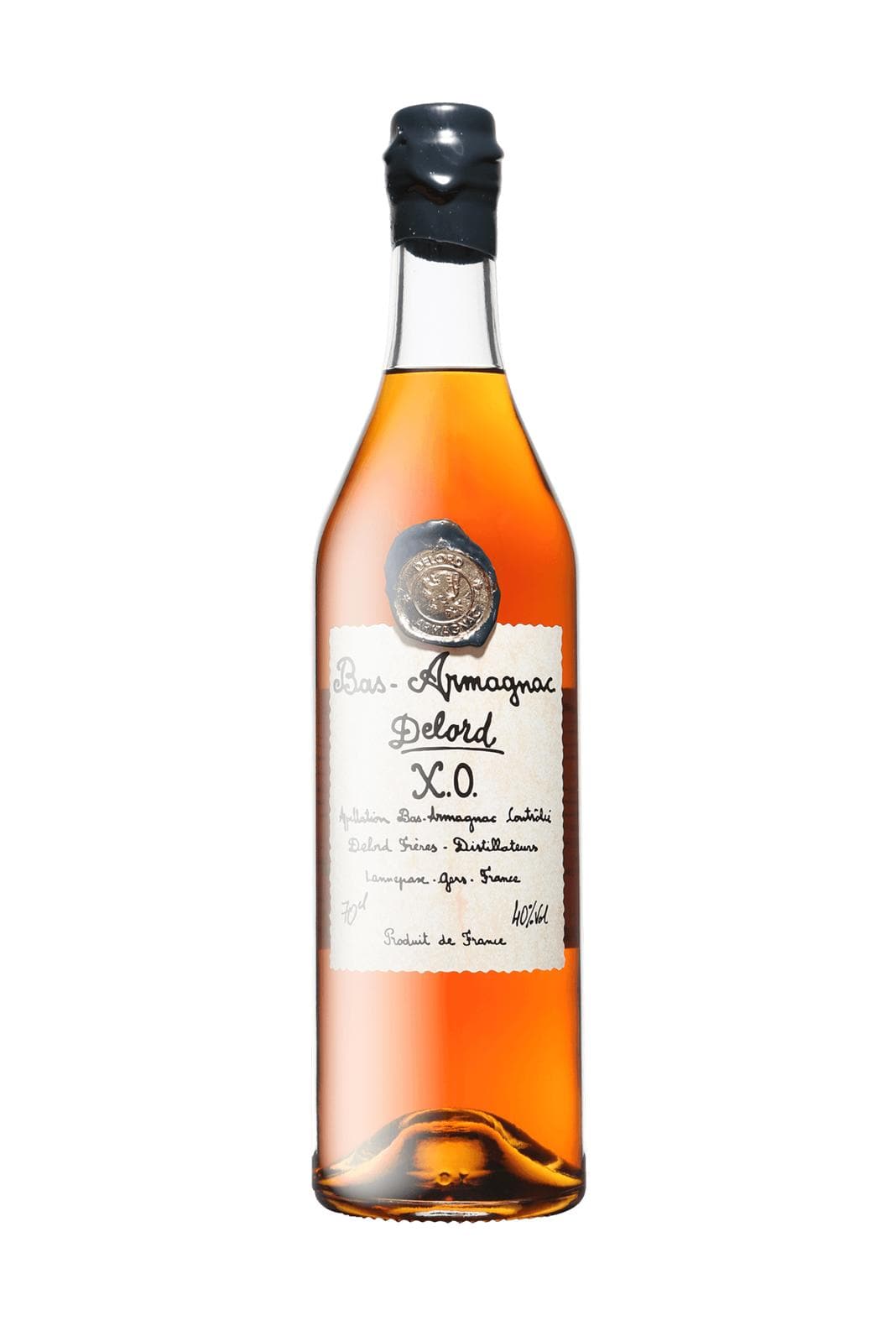
Delord XO 10 years Bas Armagnac 40% 700ml
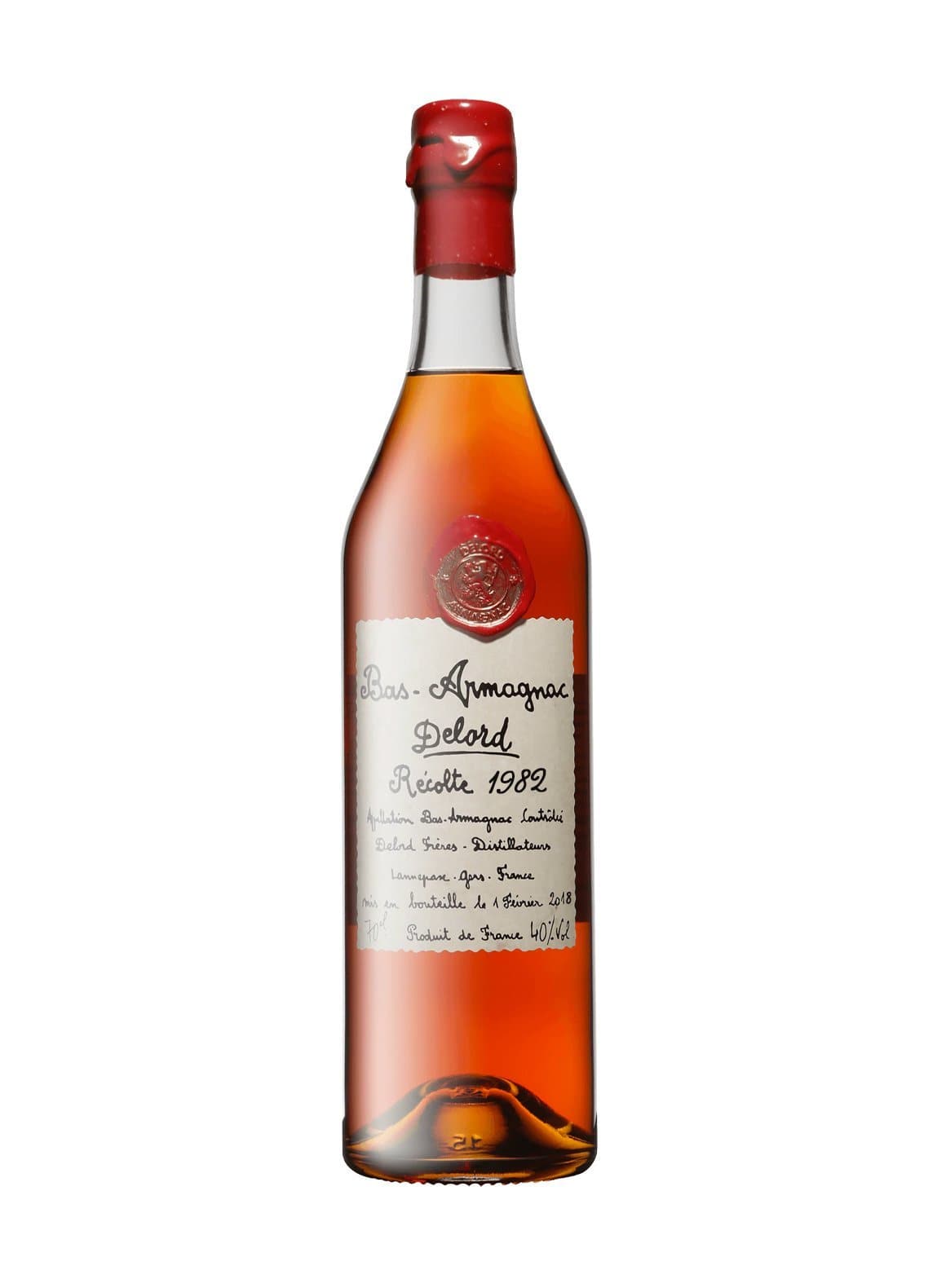
Delord 1982 Bas Armagnac 40% 700ml
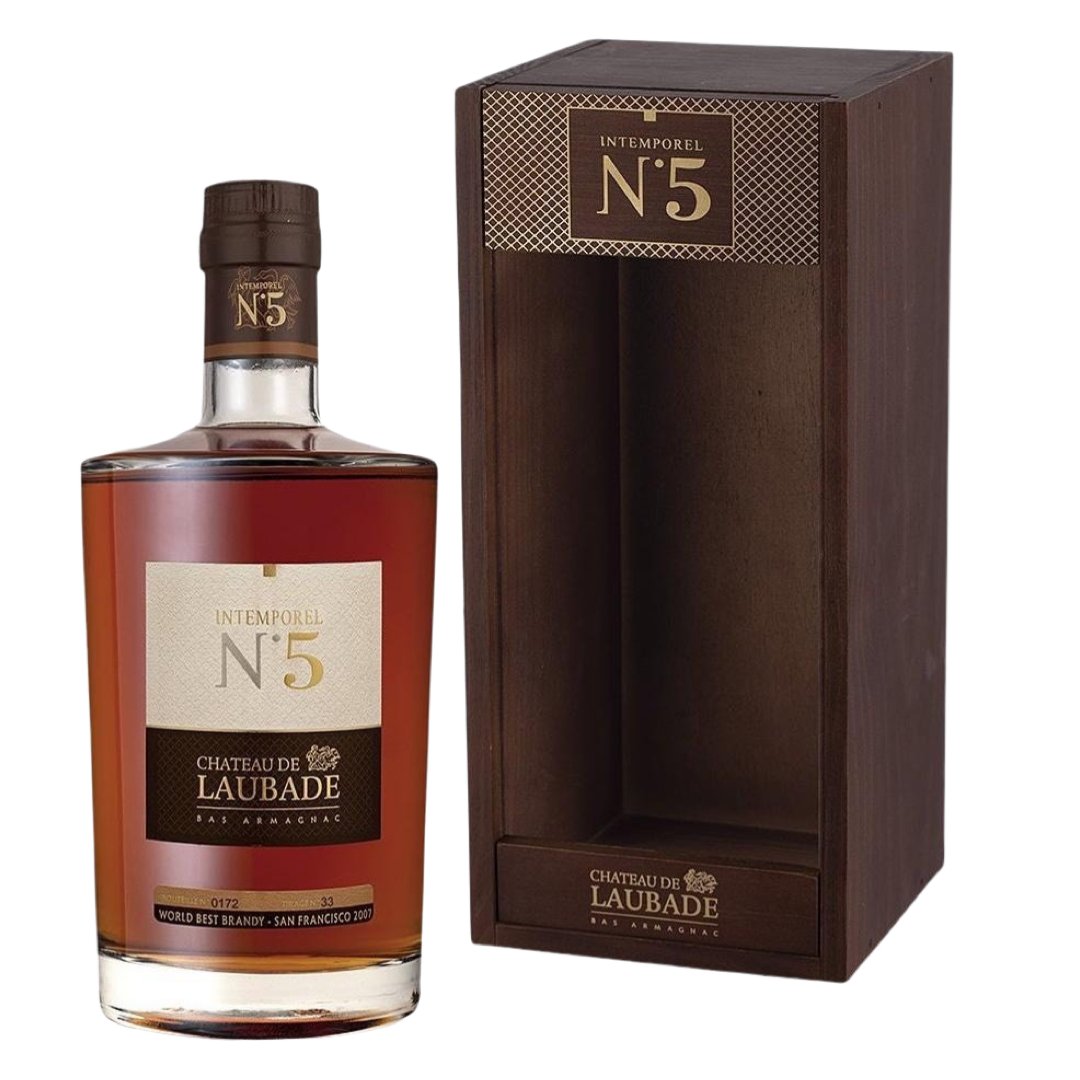
Chateau de Laubade Bas Armagnac Intemporel Nº5 40% 700ML
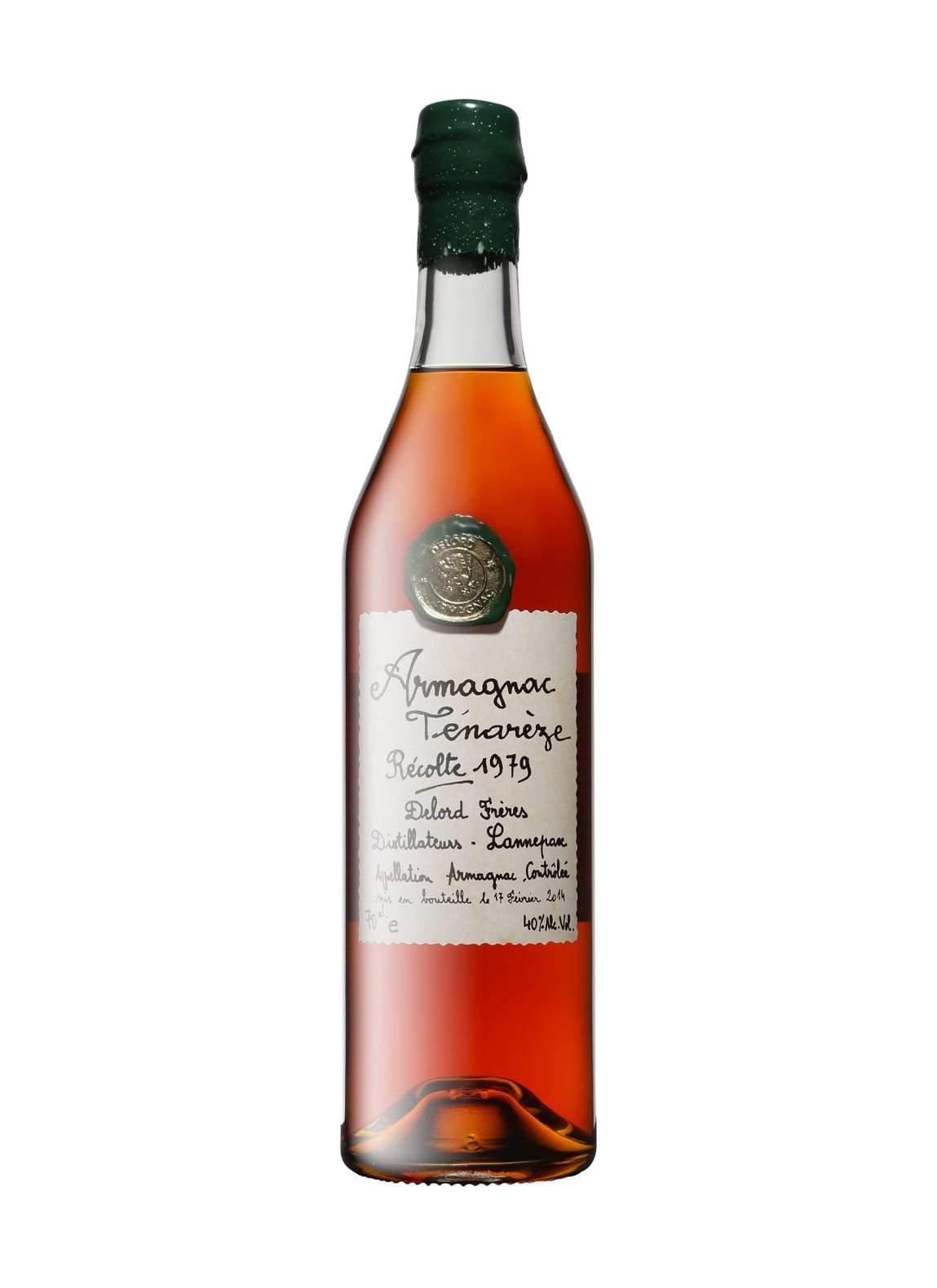
Delord 1979 Armagnac-Tenareze 40% 700ml
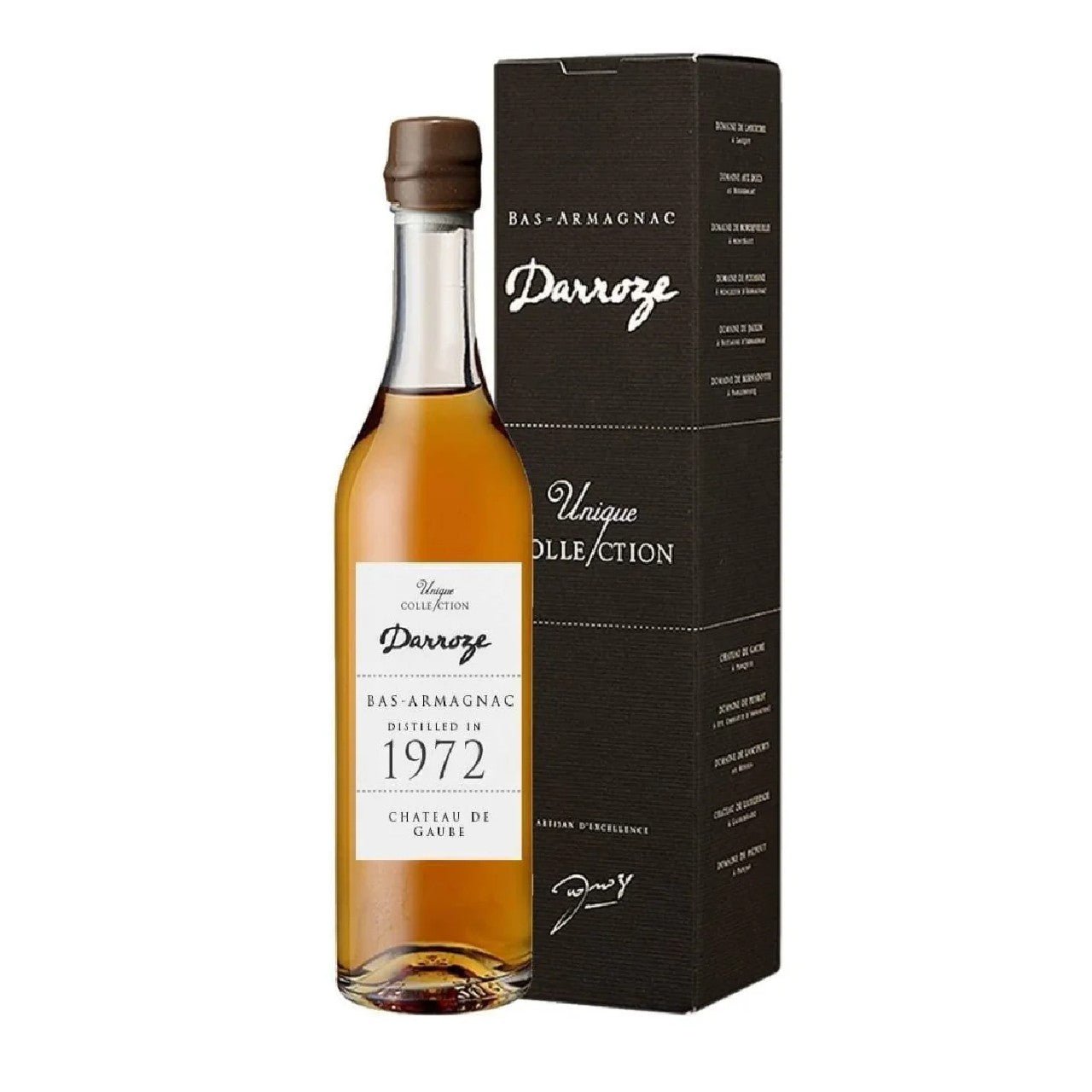
Darroze 1972 Gaube Grand Bas Armagnac 43.4% 200ml
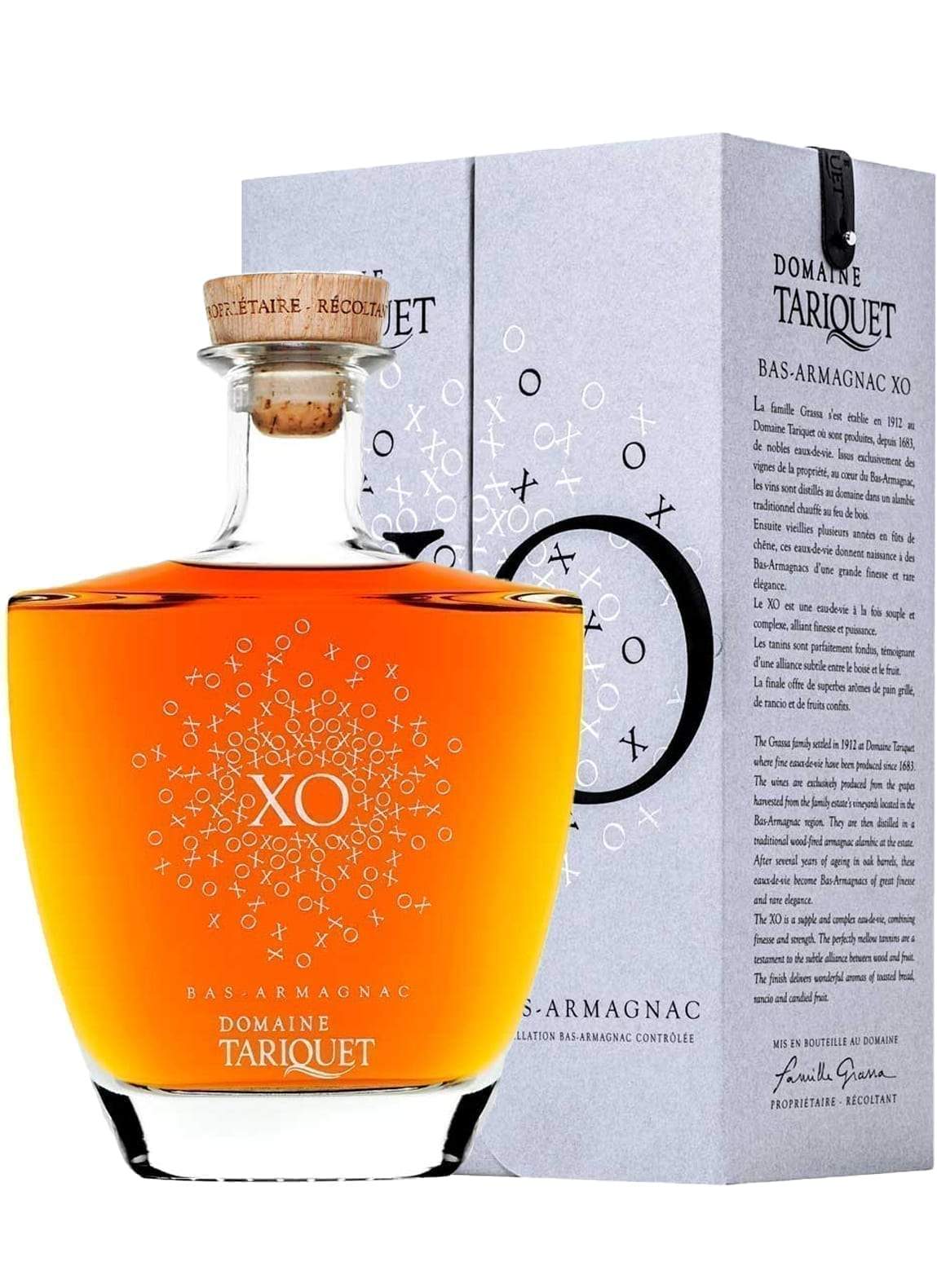
Domaine Tariquet Bas Armagnac XO 15 years Equilibre 40% 700ml
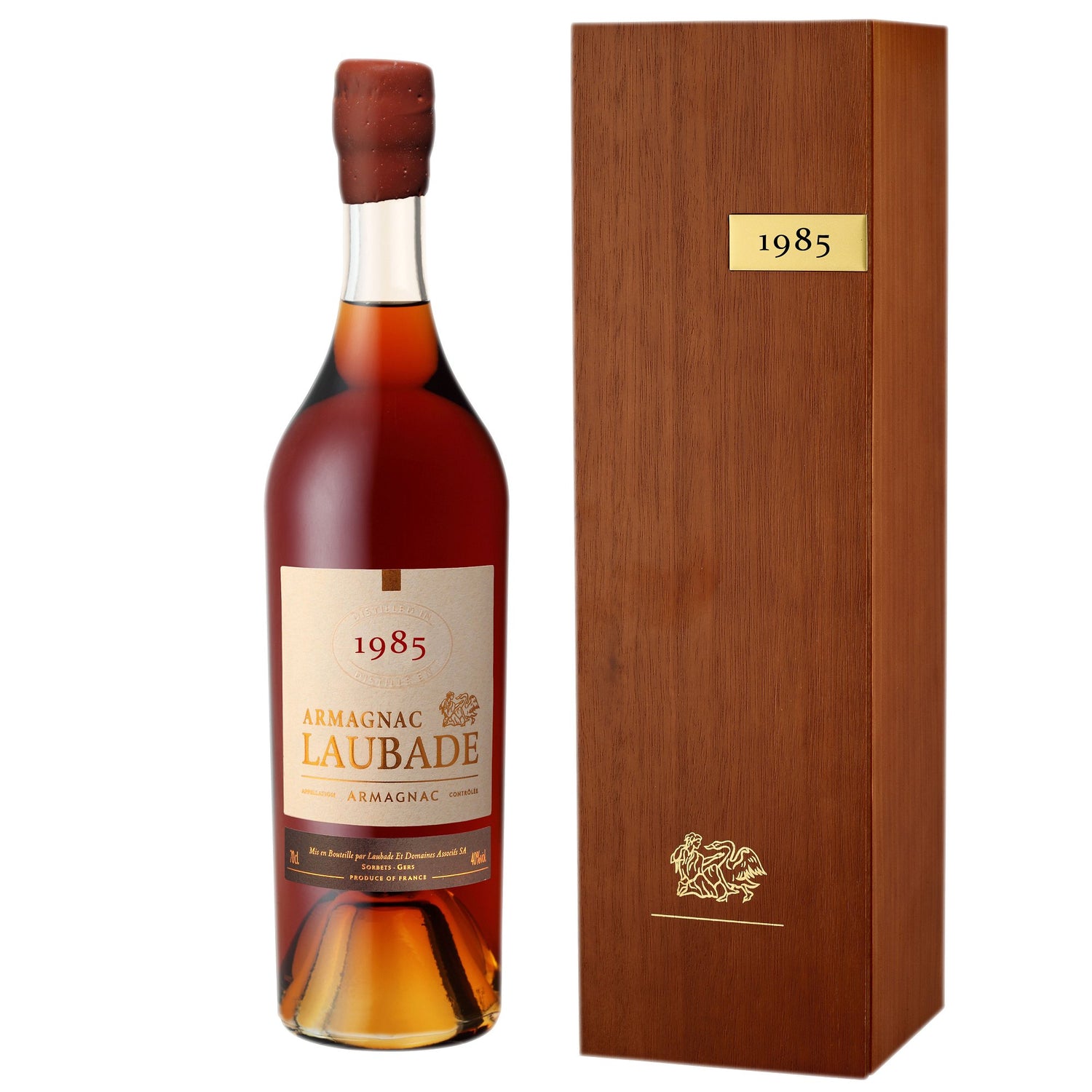
Chateau de Laubade Bas Armagnac Vintage 1985 40% 700ML
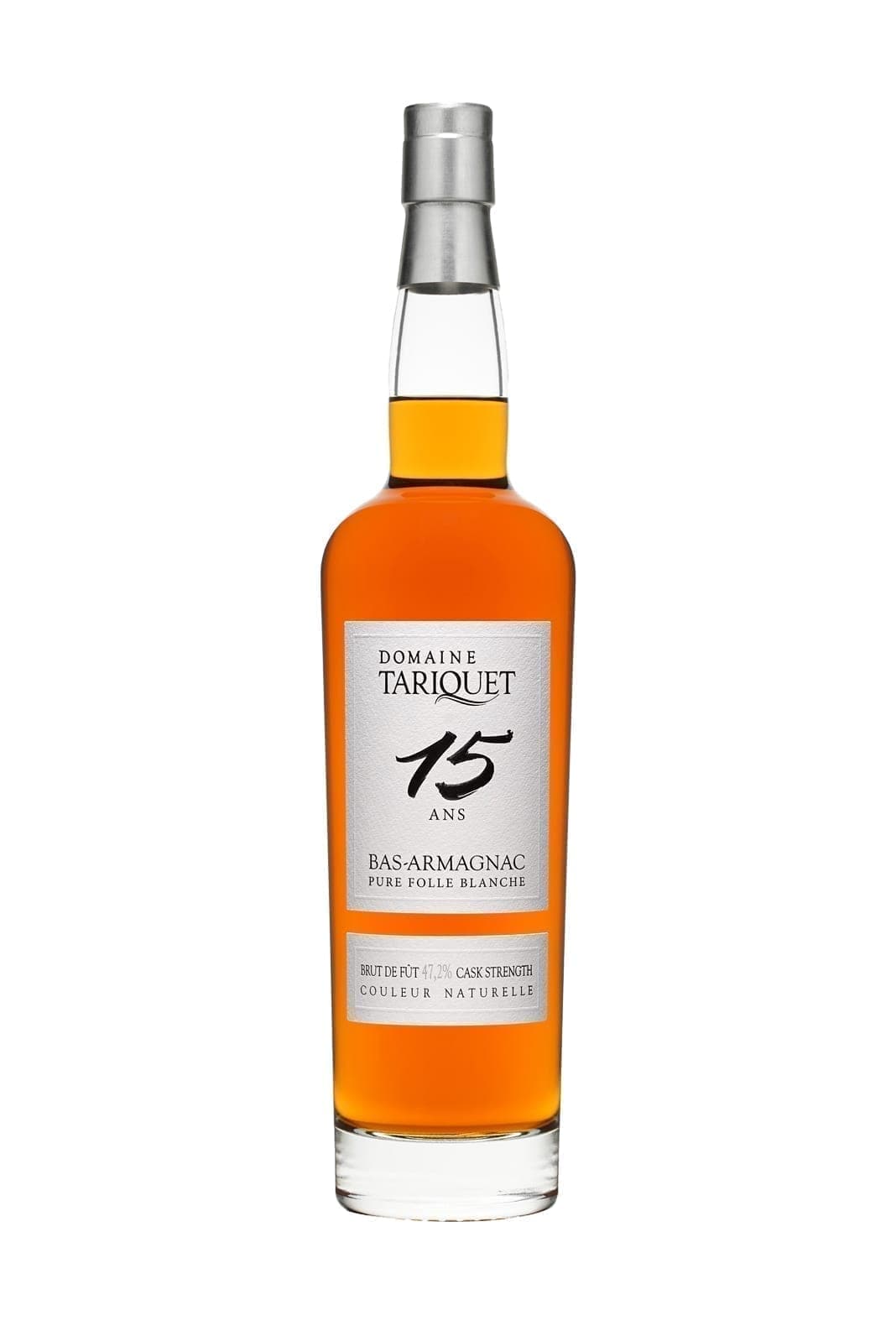
Domaine Tariquet Bas Armagnac Folle Blanche 15 years 46.8% 700ml

Delord Blanche d'Armagnac 42% 700ml
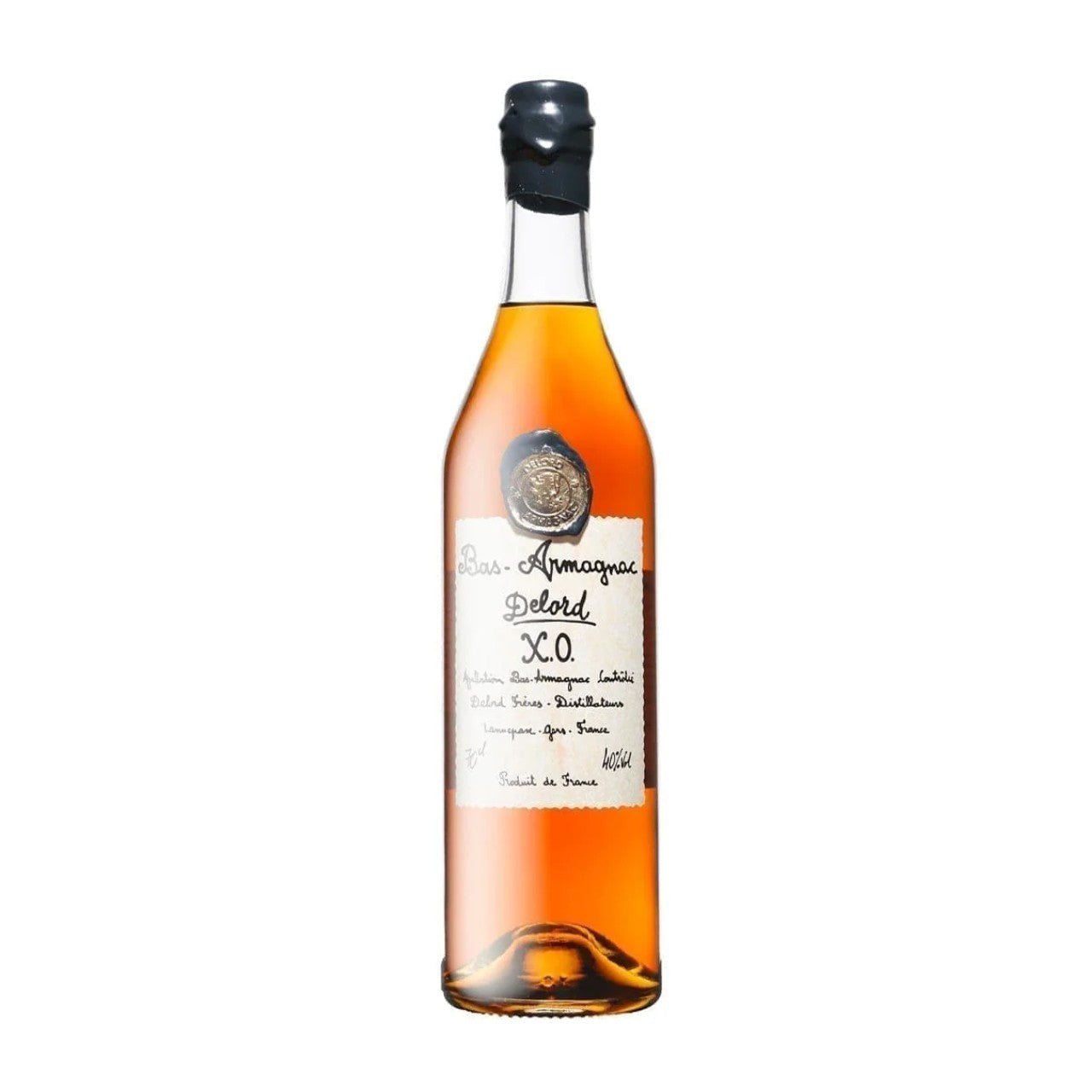
Delord XO 10 years Bas Armagnac 40% 200ml
Armagnac
The oldest brandy distilled in France, celebrated its 700th years in 2011.
Armagnac is a distinctive kind of brandy produced in the Armagnac region in Gascony, southwest France. It is distilled from wine usually made from a blend of grapes including Baco 22A, Colombard, Folle Blanche and Ugni blanc, traditionally using column stills rather than the pot stills used in the production of cognac, which is made only from Ugni blanc grapes. The resulting spirit is then aged in oak barrels before release.
From the youngest Armagnac to the oldest Vintages, the evolution of Armagnacs is progressive and continuous: there is no sharp aromatic boundary between a VSOP (more than 4 years in wood) and an Hors d'Age (more than 10 years under wood). The aromas of the wine concentrated by the still are enriched, evaporate, superimposed, masked, transformed, sublimated in contact with the barrel and the test of time. The work of the cellar master further enriches the aromatic palette of blended Armagnacs.
Armagnac is a type of brandy produced in the Armagnac region of southwestern France. Armagnac is considered one of the oldest and most refined forms of brandy and is prized for its complex flavour profile, smoothness, and elegance.
The production of Armagnac dates back to the 15th century and has a rich history steeped in tradition. The process of making Armagnac involves distilling wine in a traditional still called an alambic, which is made from copper and has a distinct shape that sets it apart from other types of stills. The juice is then aged in oak barrels, where it takes on its unique character and flavour profile.
Armagnac is made from various grape varieties, including Baco, Ugni Blanc, and Folle Blanche, and is known for its smooth, complex flavour profile that is often described as a combination of fruit, spice, and nutty notes. It is also prized for its ability to age gracefully, with older vintages often being highly sought after by collectors and connoisseurs.
When it comes to drinking Armagnac, it is typically enjoyed neat or on the rocks as a digestif after a meal. It is also often used in cooking, adding depth and complexity to sauces, marinades, and desserts.
In terms of buying and storing Armagnac, it is essential to consider the vintage year and the producer and brand when making a purchase. Armagnac is often bottled in traditional, elegant decanters that can be displayed as part of a collection. It should be stored in a cool, dark place, away from light and heat, to ensure that it retains its flavour and aroma over time.
In conclusion, Armagnac is a unique and refined form of brandy that is highly prized for its smoothness, complexity, and elegance. Whether you are a seasoned connoisseur or just starting to explore the world of brandy, Armagnac is a must-try for anyone who appreciates quality spirits and rich history.
Armagnac is a renowned and cherished spirit that has a rich history dating back centuries. Originating in the Gascony region of southwestern France, Armagnac is a type of brandy that is distilled from white wine grapes. It is often considered the oldest brandy in France, with records of its production dating as far back as the 14th century.
Armagnac is crafted using traditional methods, with the grapes being harvested and fermented before being distilled in copper stills. The spirit is then aged in oak barrels, allowing it to develop its distinct flavours and aromas over time. The ageing process can range from a minimum of three years to several decades, resulting in a wide variety of expressions and complexities.
Known for its robust and full-bodied character, Armagnac offers a unique taste experience. It boasts a diverse range of flavours, including notes of dried fruits, spices, vanilla, and oak. This exquisite spirit is often enjoyed neat or as a key ingredient in classic cocktails.
Today, Armagnac continues to be produced with great care and attention to detail, ensuring that its legacy as a premium and timeless spirit lives on.
Armagnac is a luxurious and sophisticated spirit that embodies tradition and craftsmanship. To truly appreciate this value, it is important to savor it slowly and with intention. Start by pouring a small amount into a tulip-shaped glass, allowing the aromas to waft gently towards your nose. Take a moment to inhale the rich and complex scents, which may include notes of dried fruits, spices, and oak. Next, take a small sip, allowing the liquid to coat your palate. Notice the smooth and velvety texture, as well as the intricate flavors that unfold on your tongue. Armagnac often offers a harmonious blend of sweetness, warmth, and depth. Take your time to explore the nuances and let the flavors linger. As you continue to sip, you may discover additional layers of complexity and a delightful, lingering finish. Whether enjoyed on its own or paired with a fine cigar or dessert, Armagnac is a true indulgence that rewards those who appreciate the finer things in life.
